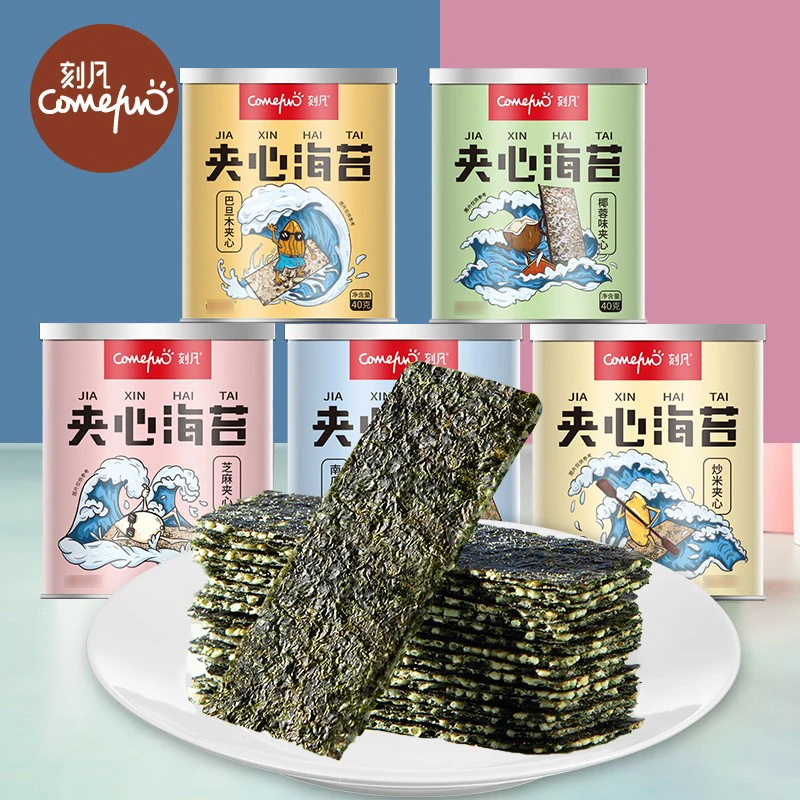Innovative Seaweed Fabrics : seaweed fabric
[ad_1]
Overview:
Seaweed has become a popular material for eco-conscious innovation, especially in the fashion industry. PhycoLabs, a company within the regenerative fashion sphere, has developed a seaweed fabric called PhycoFiber for more sustainable fashion manufacturing practices. This innovative material can avoid the environmental footprint of growing crops like cotton on land, which require pesticides and large amounts of fresh water. The use of seaweed in the fashion industry is a gamechanger, showing how “technology, innovation, and respect for the environment” can come together to change manufacturing practices.
How PhycoFiber Works:
PhycoFiber is made from seaweed, which is a plant species that only needs sunlight and CO2 to grow. The seaweed is harvested, cleaned, and treated to extract the cellulose fibers, which are then made into threads for weaving into fabric. This process is eco-friendly because it does not require any pesticides or large amounts of fresh water, making it a low carbon footprint option.
PhycoFiber is a versatile textile solution that can be used to make a wide range of clothing, from t-shirts to dresses. It is lightweight, stretchy, and durable, making it a great alternative to traditional fabrics. Additionally, it has natural UV protection, is hypoallergenic, and has antibacterial properties, making it excellent for athletic and outdoor wear.
Benefits of Seaweed Fabric:
The use of seaweed in the fashion industry offers numerous benefits, including environmental, health, and economic benefits. By using seaweed for textile production, we can avoid the negative impact of growing crops like cotton on land, which require large amounts of water and pesticides. Additionally, seaweed farming can mitigate climate change as it absorbs CO2 and nitrogen in the water, reducing the overall carbon footprint.
When it comes to health benefits, seaweed is naturally hypoallergenic and has antibacterial properties, making it safe and healthy to wear. While synthetic fabrics often harbor bacteria and fungi, seaweed fabric resists them, making it ideal for activewear and outdoor clothing.
Finally, there are economic benefits to using seaweed fabric. Seaweed is abundant and easy to cultivate, meaning it can help provide income for coastal communities. It also has a lower cost of production, and when produced on a larger scale, it can help create jobs and stimulate the economy.
Challenges of Seaweed Fabric:
While seaweed fabric has numerous benefits, there are also challenges associated with its production. One challenge is the quality of the fabric, as it can be difficult to produce consistent thickness and texture. Additionally, the color of the fabric can be limited to green or brown, which may not be suitable for all fashion styles. Another challenge is the cost of production, as it requires specialized equipment and processing techniques. However, as the demand for sustainable fashion grows, the production of seaweed fabric is likely to become more efficient and cost-effective.
FAQs:
Q: Is seaweed fabric environmentally friendly?
A: Yes, seaweed fabric is environmentally friendly as it does not require any pesticides or large amounts of fresh water to grow.
Q: What makes seaweed fabric a good choice for clothing?
A: Seaweed fabric is lightweight, stretchy, and durable, making it a great alternative to traditional fabrics. Additionally, it has natural UV protection, is hypoallergenic, and has antibacterial properties, making it excellent for athletic and outdoor wear.
Q: Is seaweed fabric expensive?
A: The cost of seaweed fabric production is currently higher than traditional fabrics, but as the demand for sustainable fashion grows, the production is likely to become more efficient and cost-effective.
Q: What colors is seaweed fabric available in?
A: Seaweed fabric is typically available in green or brown due to the natural color of seaweed.
Q: Can seaweed fabric help mitigate climate change?
A: Yes, seaweed farming can mitigate climate change as it absorbs CO2 and nitrogen in the water, reducing the overall carbon footprint.
Conclusion:
Seaweed fabric has the potential to revolutionize the fashion industry and help reduce its negative impact on the environment. PhycoFiber, created by PhycoLabs, is a great example of how innovation and respect for the environment can come together to change manufacturing practices. The use of seaweed as a textile solution offers numerous benefits, including environmental, health, and economic benefits. While there are challenges associated with its production, the demand for sustainable fashion is likely to drive the production of seaweed fabric to become more efficient and cost-effective. Overall, the use of seaweed as a textile solution offers significant potential to transform the fashion industry and help create a more sustainable future.
[ad_2]









